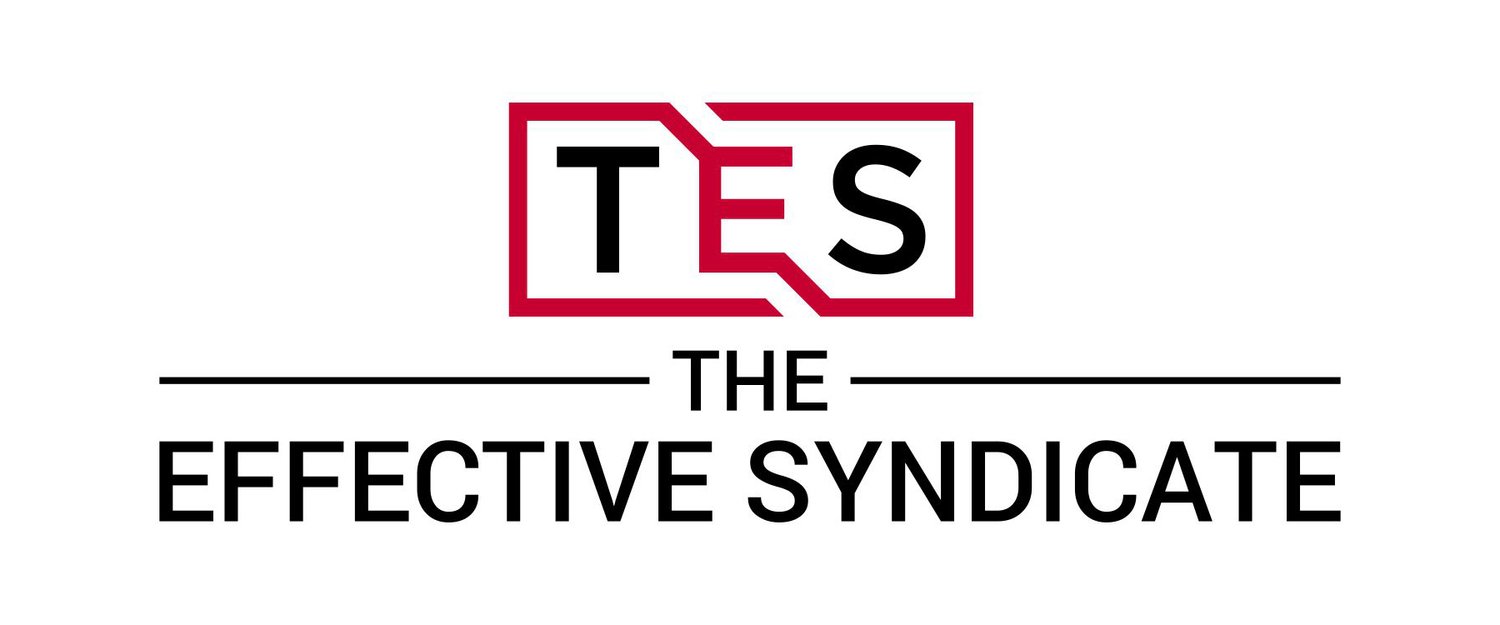Understanding CI Strategically
Last week we talked about the tactical approach of LSS – Execute, Continuous Improvement (CI) & Grow, see the image below from one of our training decks.
This week we want to talk about “the rest of the story.” Honestly, this is where most organizations get it wrong or don’t bother with it at all. You see, most of this Continuous Improvement (CI) work started on the shop floor with either Lean Manufacturing, Lean in Warehouses, and/or distribution. This isn’t the problem, the problem is that this is where most companies leave it. They don’t take CI to the rest of the organization. This is a very short-sighted view of the real power of the methodology.
After 20-years of working with many organizations I will tell you without question that the majority of costs for most companies are not on the shop floor. There are certainly opportunities on the shop floor that can have significant impact to costs, however, it is only a small part of most companies’ cost structure. Most of the costs originate in wherever the corporate office is located. This isn’t a judgement, it’s math.
In addition to there being a great deal of expensive talent, there are usually mountains of rework, waiting times, redundancy, and unclear or even competing priorities. This is where the real power and magic of Continuous Improvement will flourish when applied well and correctly. This issue can create and cause all sorts of pain and certainly costs to any organization. What companies should do (very few of them do) is look at Continuous Improvement as a strategic thrust. By this, I mean the company should view CI as a fundamental game-changer to drive performance and results across the whole enterprise. The very few organizations that take CI from this perspective enjoy improved growth, increased net profits, and usually a much healthier culture.
Thinking just for a moment about the shop-floor, what you are after is a shop floor (Office, Manufacturing Floor or Warehouse Space) that can deliver to your customers today without the normal amount of herculean effort. We want the operation to run smoothly. When this happens, the middle of the organization, (think about the cross-functional team members working in the managers ranks) can focus on Continuous Improvement and answer how do we do it better tomorrow? When that happens, the rest of the organization can focus on growth. Pretty straightforward right?
If we take the same kind of thinking, let’s look at the rest of the enterprise. How does it all fit together? It is three straightforward steps to driving the business forward.
First, when CI is happening effectively, it creates a self-funding engine that frees up resources. These resources can be financial, tools and equipment, personnel and even real estate. We call this effort “FUND” – meaning you can fund the business from resources that you already have in your possession. You don’t have to buy or borrow these resources.
Next, we can then take those released resources and use them to INVEST in other areas to help our business grow. This might be investing in a new piece of equipment or hiring talent and skills you don’t currently have. It might be expanding your current footprint, launching a new product or even buying more real estate. The point is that you have freed up resources that you already have to use to invest in other areas.
Third, those investments are pointed at GROWING the business. This is where the big magic happens. Because we haven’t had to leverage a debt position or borrow these funds, it really is like free money. Those investments can drive growth in all sorts of directions for the organization.
The graphic below illustrates how CI works at the strategic level.
So, beyond the obvious benefits to the organization, let’s talk a little about the people side of the business. We spend a lot of time working with clients on the idea of clarity. Too often, we see a hodge-podge or disparate topics about what the company is trying to accomplish. Unfortunately, it is often some terrible sounding business statement that no one knows, and even fewer people know what it means.
If you adapt this as part of your overall strategy. You can help people very easily see how they fit into the model. What are we trying to do? GROW. We are trying to GROW.
How do we intend to do that? This is where we need to spend a little time planning. Creating this plan, is crucial to creating clarity for the organization. While the plan will probably change the minute it is completed, the act of planning is priceless. When you ask smart people how they want to move the organization forward, they have all sorts of improvement ideas. When you ask people how they want to move forward and you actually listen to them, you are giving them the opportunity to buy-in to the plan.
“Contrary to popular belief, people don’t resist changes, they resist being controlled. And, the corollary to that is people who plan the battle, rarely battle the plan.” – Pat Zigarmi
This is model for using CI for the highest benefit and highest result. It isn’t easy, but it is straightforward. As with all things we recommend starting out with a plan for what it is that you are endeavoring to accomplish. Treating CI like a screwdriver is ineffective and only gets you a very small percentage of the potential benefits of the approach and methods. There is a massive amount of power that will come through if you apply CI to the entire organization.


